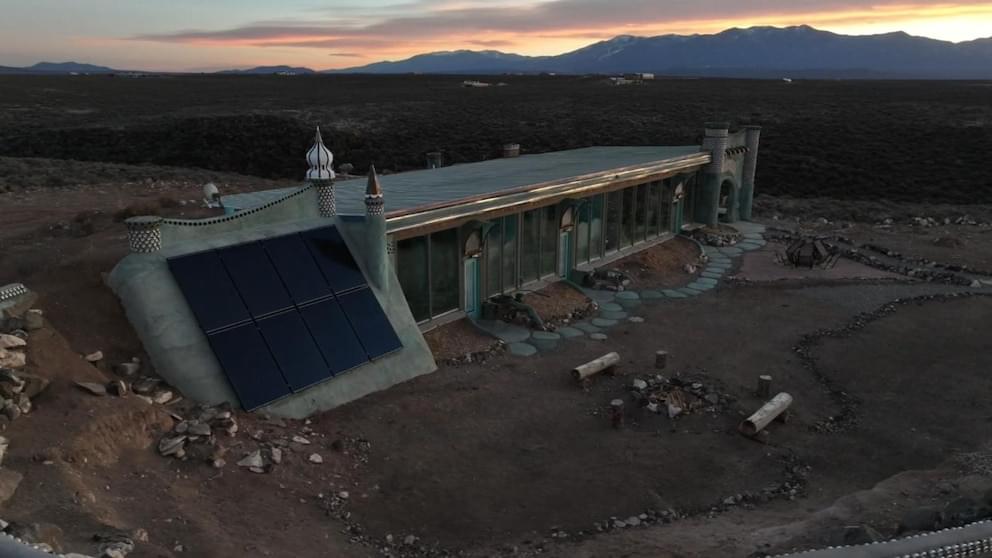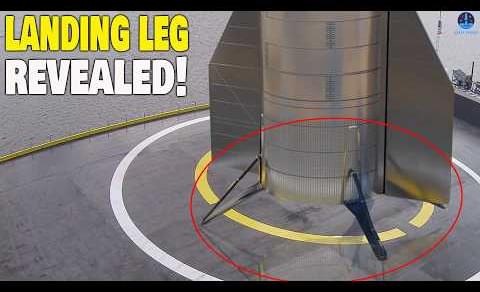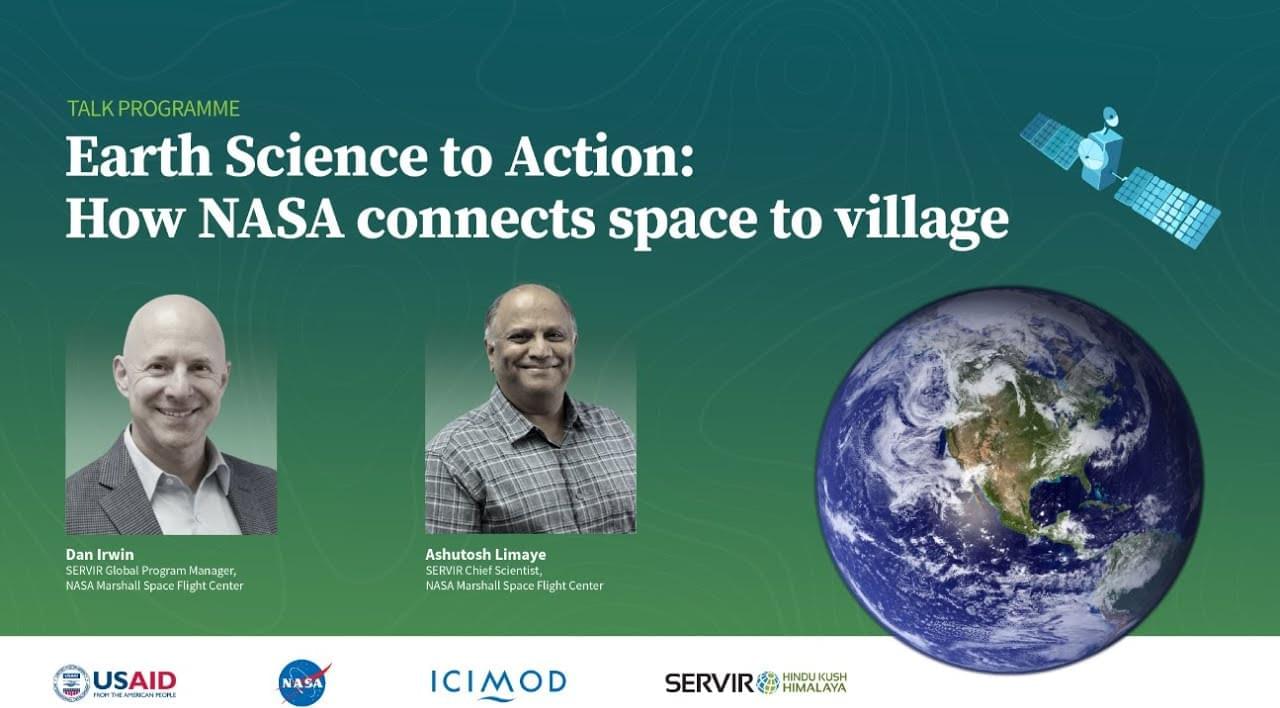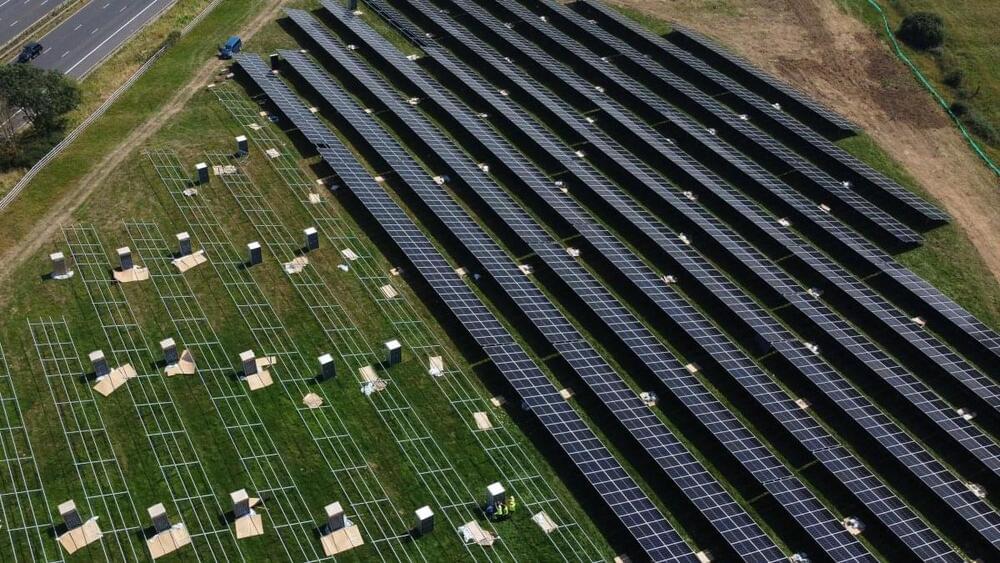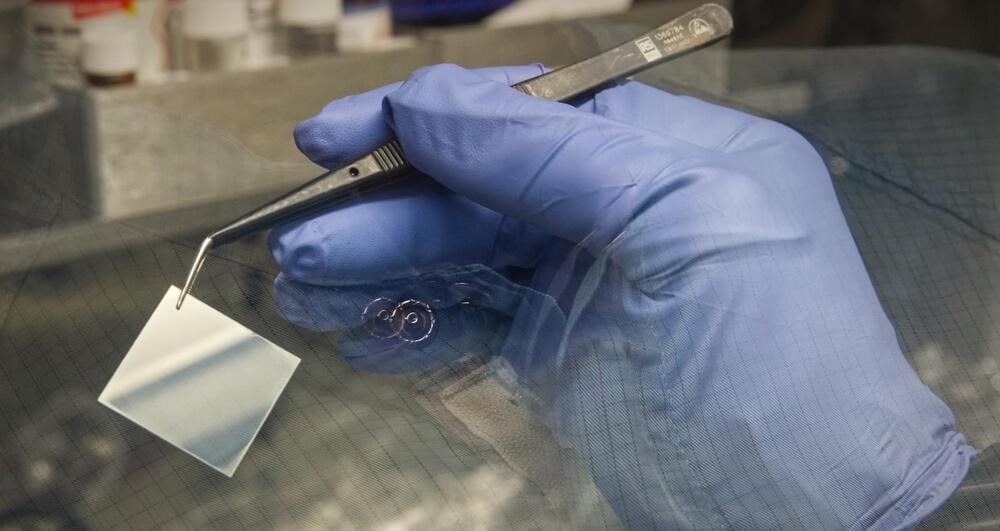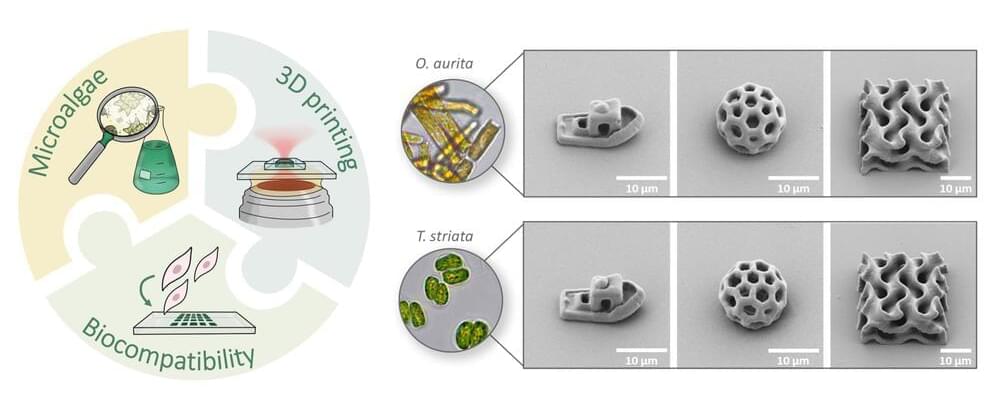Aug 11, 2024
Revolutionizing Heat Transport with 4X Efficiency: Japanese Researchers Break World Record
Posted by Cecile G. Tamura in categories: computing, sustainability, transportation
This LHP (loop heat pipe) is unprecedented in transporting such a large amount of heat without electricity.
In a groundbreaking development, scientists at Nagoya University in Japan have created the world’s most powerful loop heat pipe (LHP), capable of transporting an astounding 10 kilowatts of heat without using any electricity. This innovation promises to revolutionize energy efficiency across multiple industries, from electric vehicles to data centers.
Understanding Loop Heat Pipes

